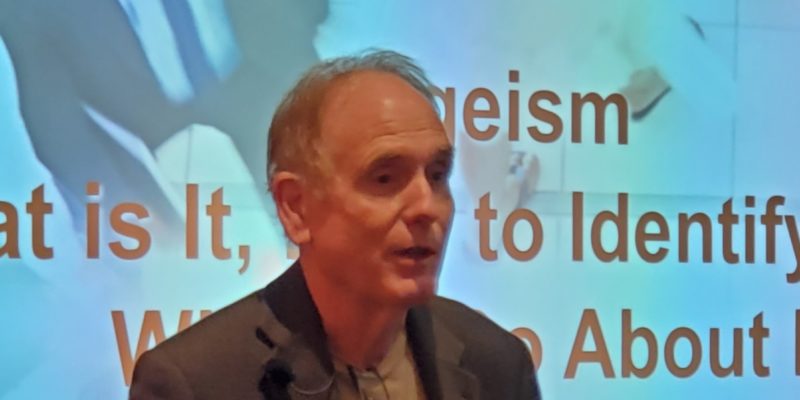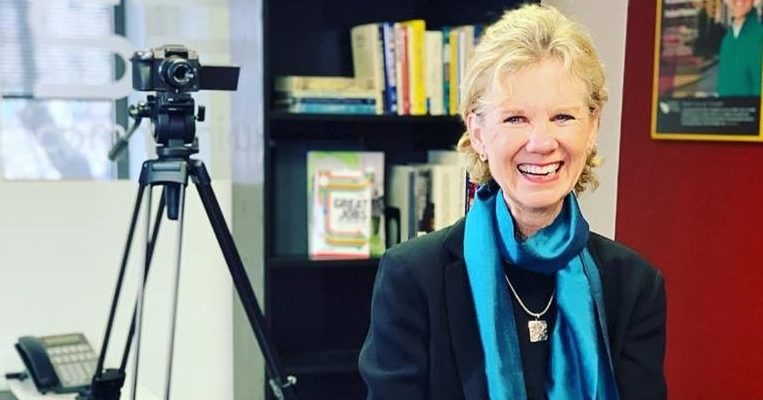Marc Miller has changed career paths a total of seven times. But after suffering a near fatal bike accident, he switched gears – no pun intended – and focused his talents on counseling friends and associates on their career journeys. And he realized that he had found his true calling.
From there, he wrote a powerful book called “Repurpose Your Career” that is now in its third edition…He launched the “Repurpose Your Career” podcast which now has nearly 150 episodes. And he started the “Career Pivot” online community.
We caught up with Marc at the Princeton Public Library where he was speaking on the topic of ageism.











